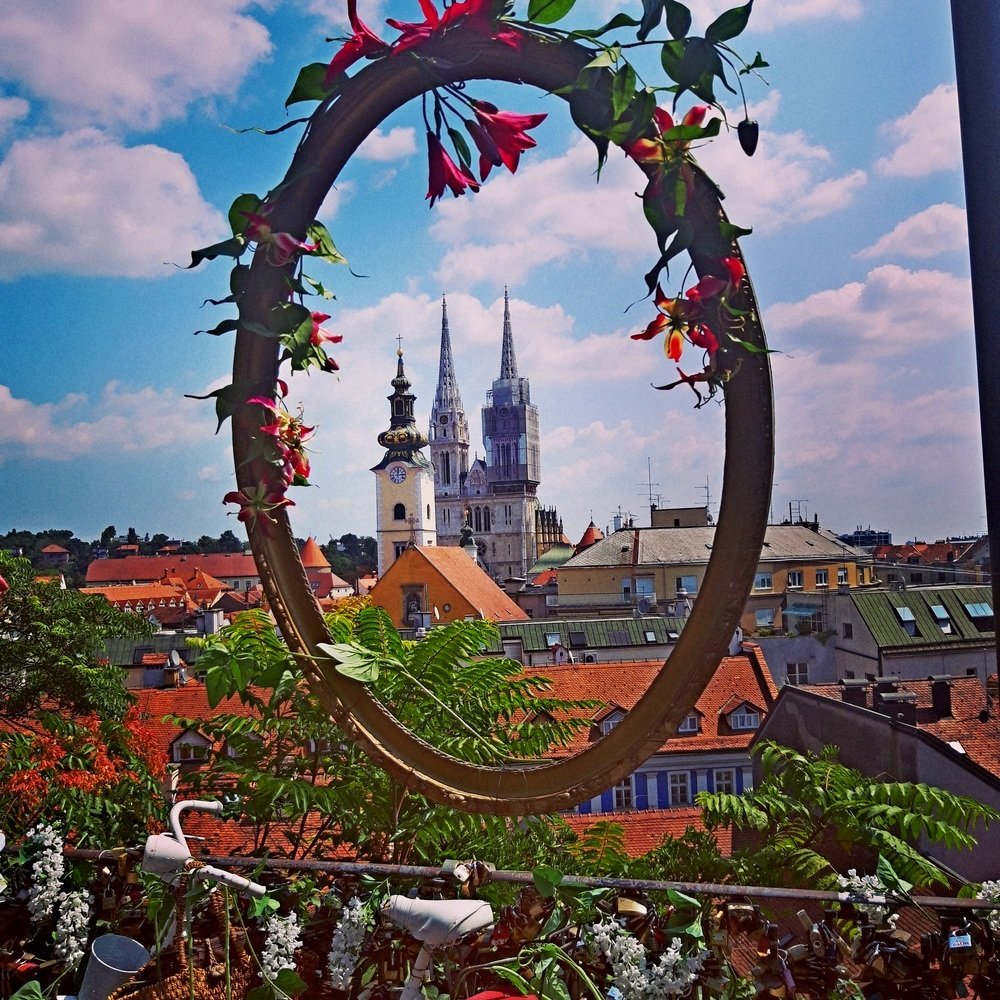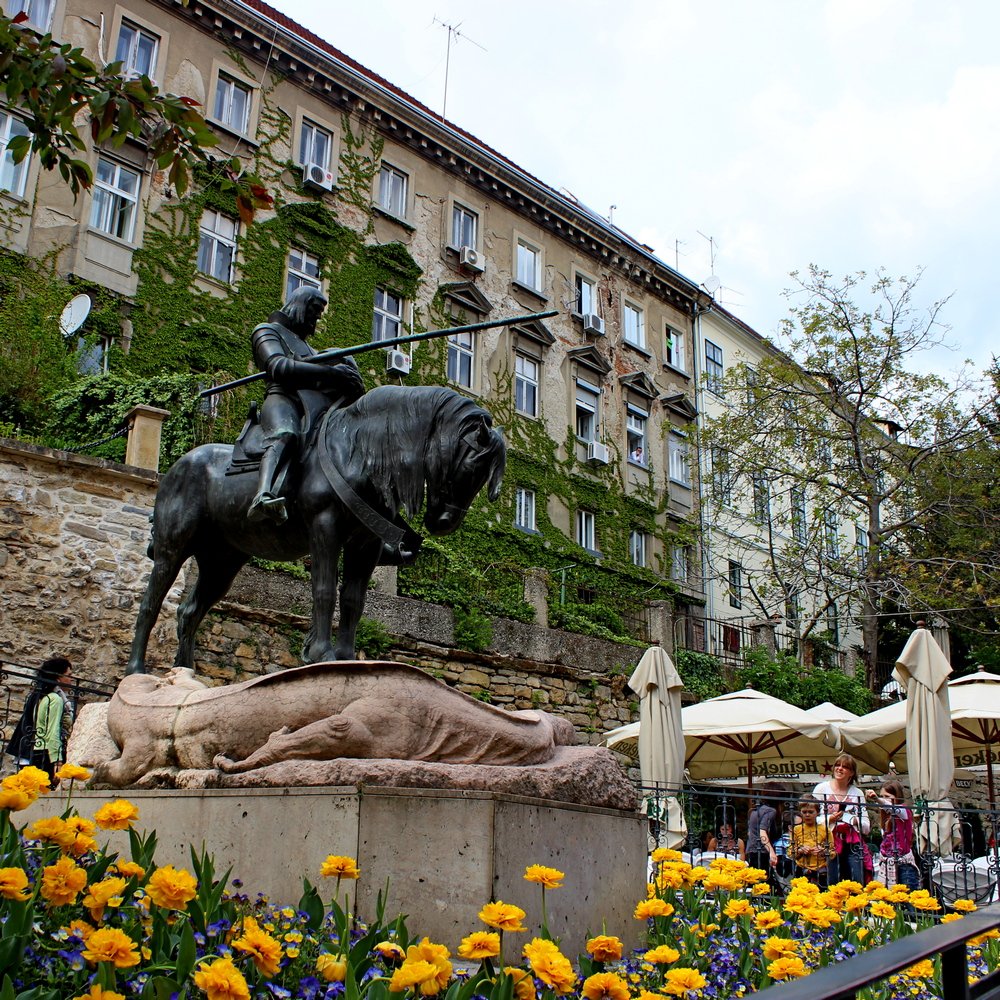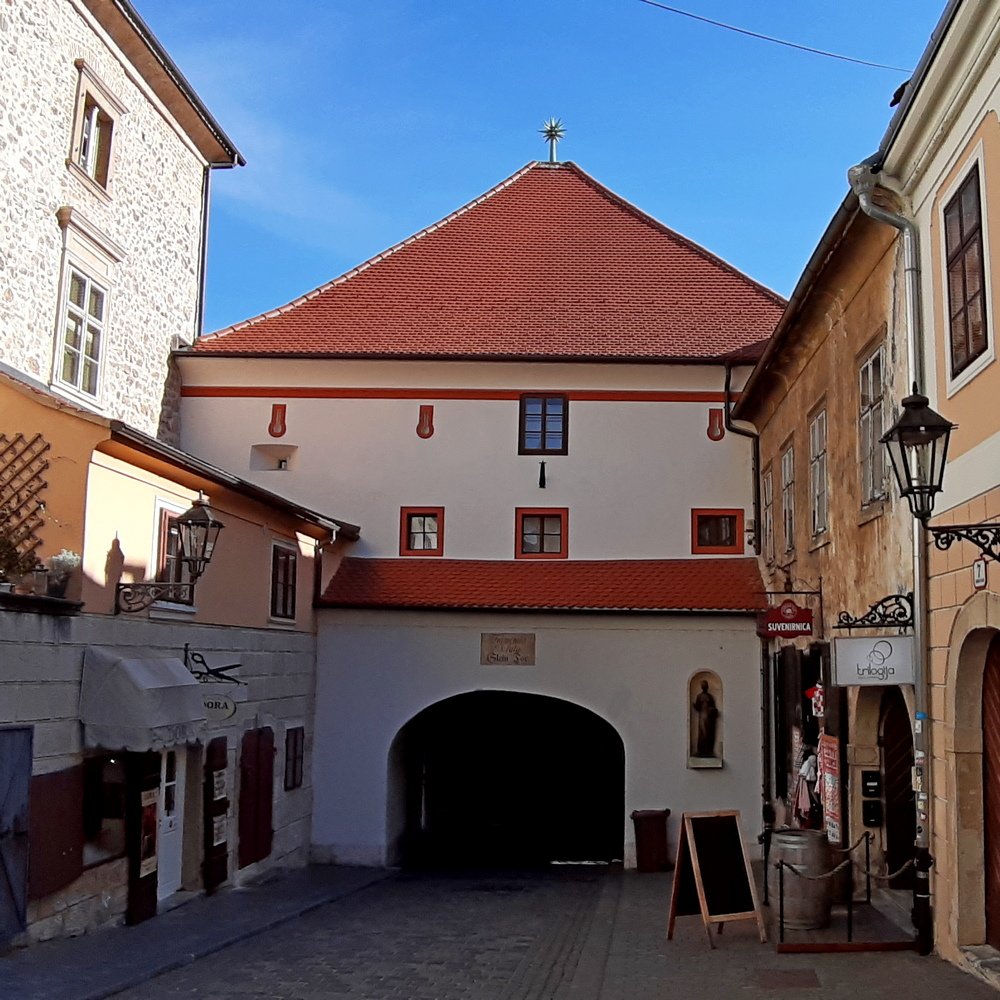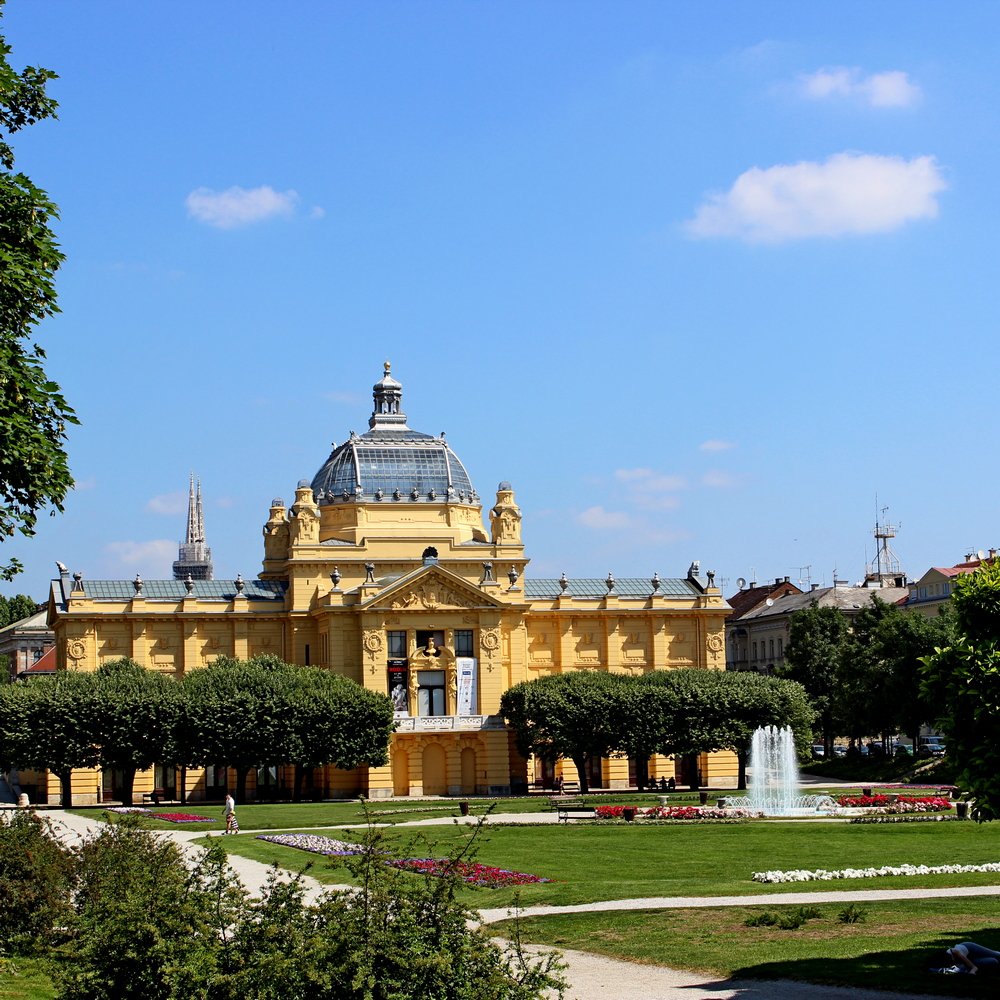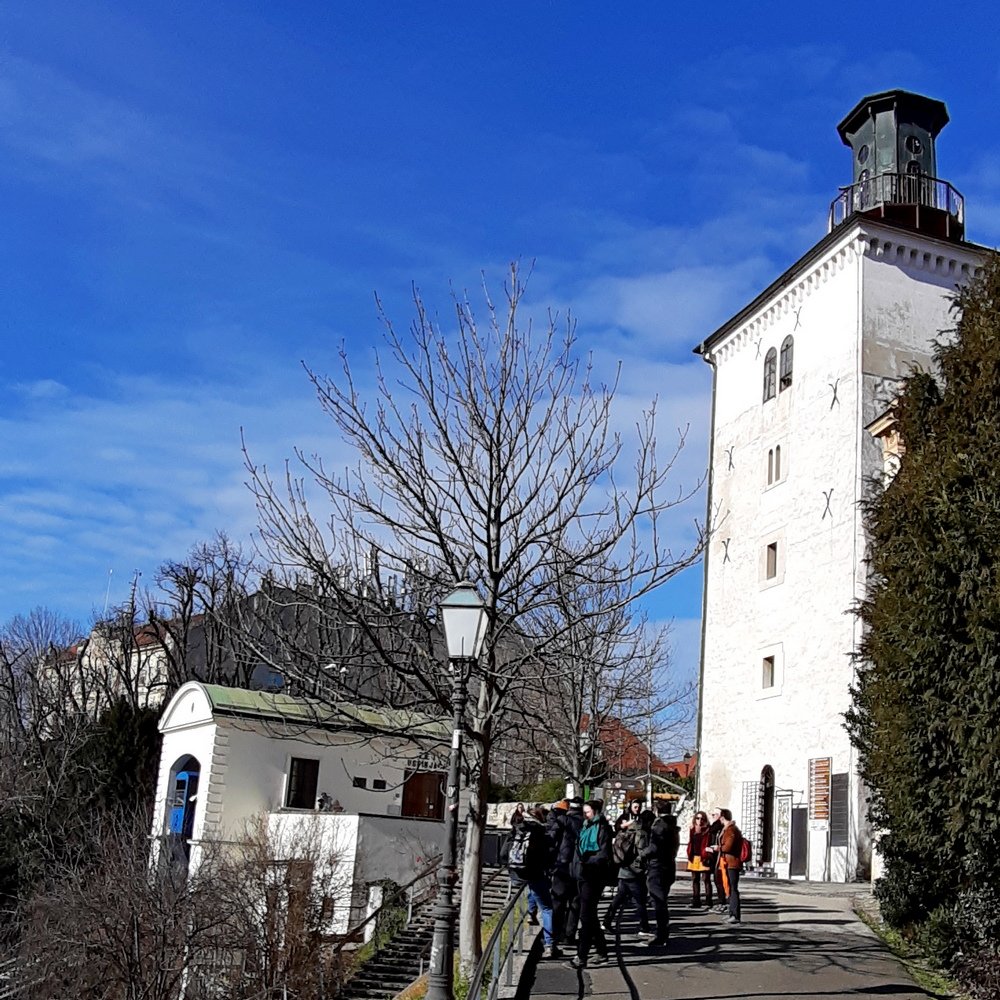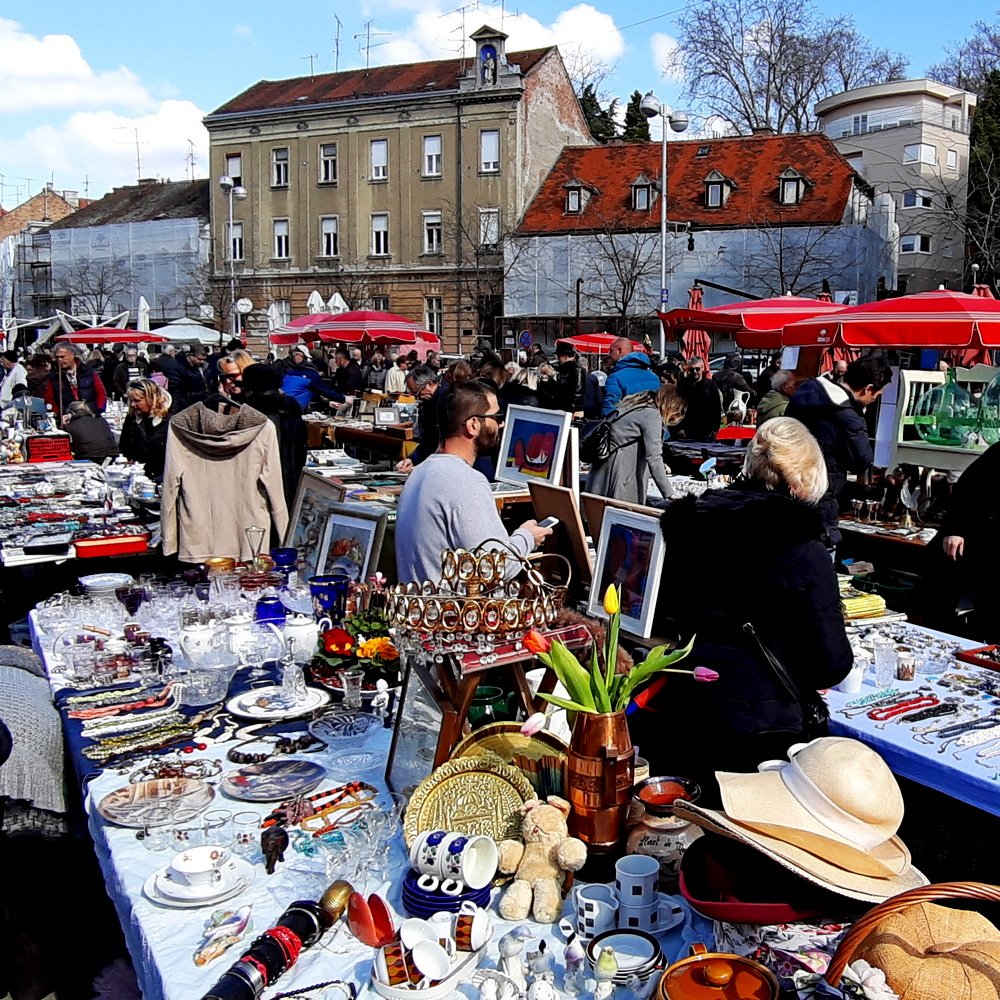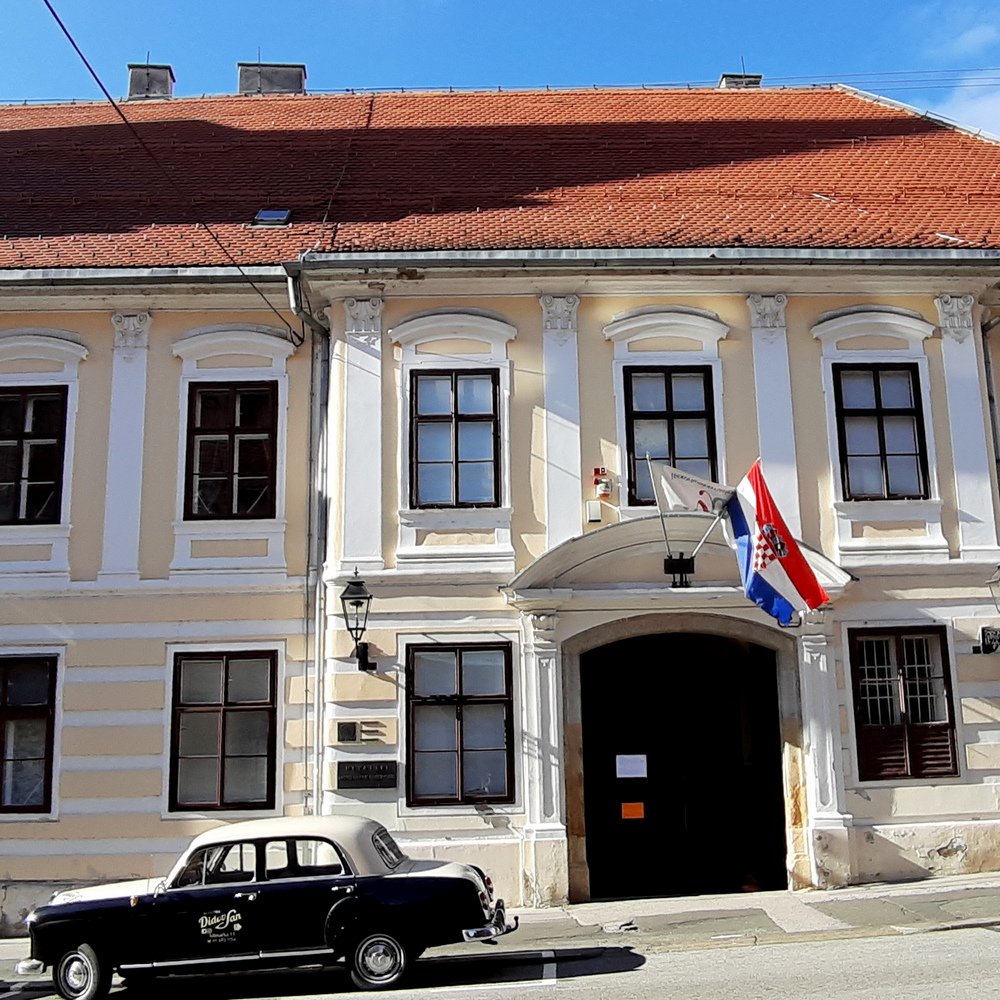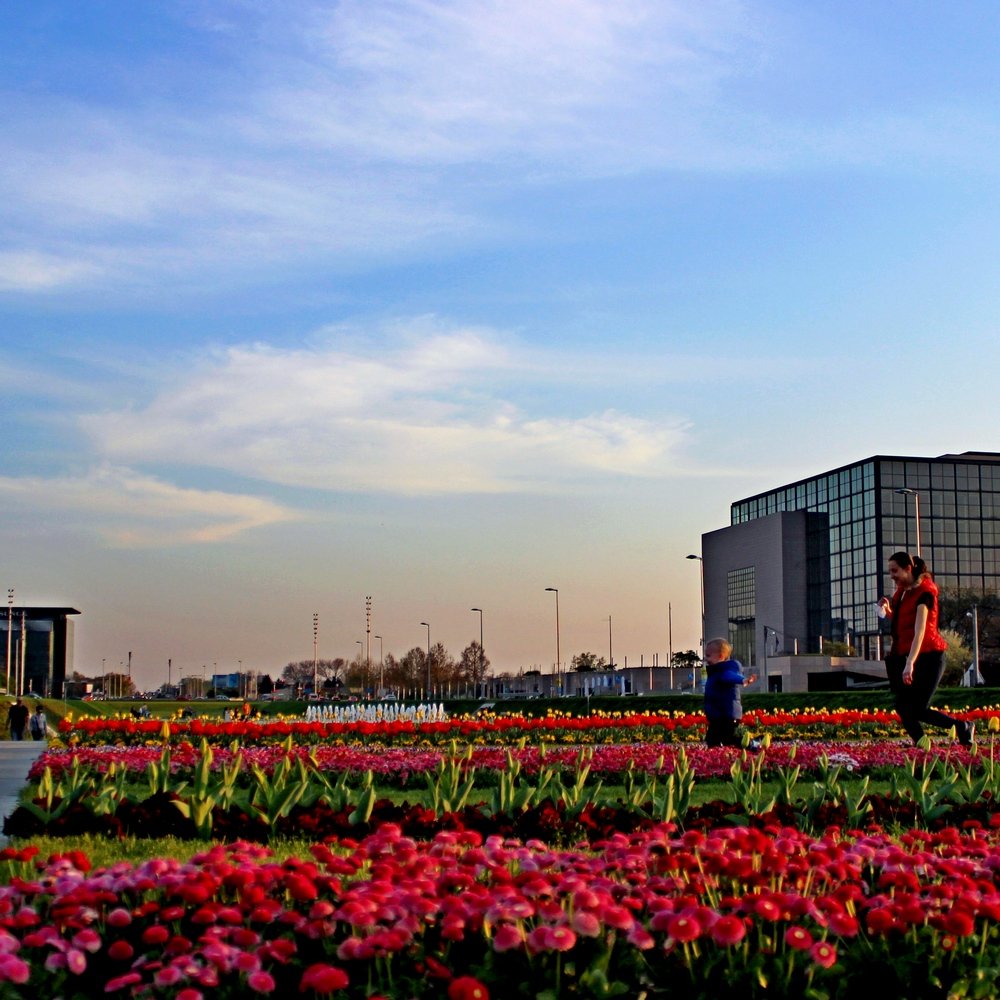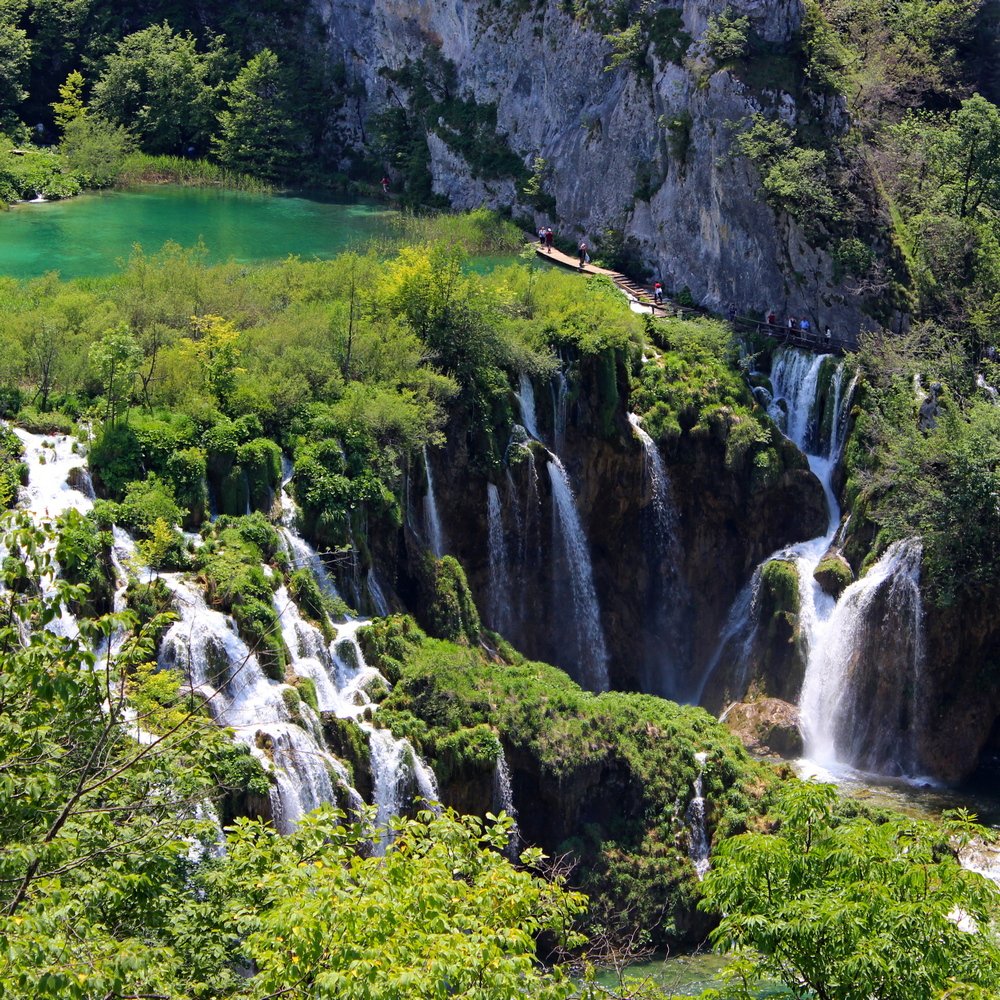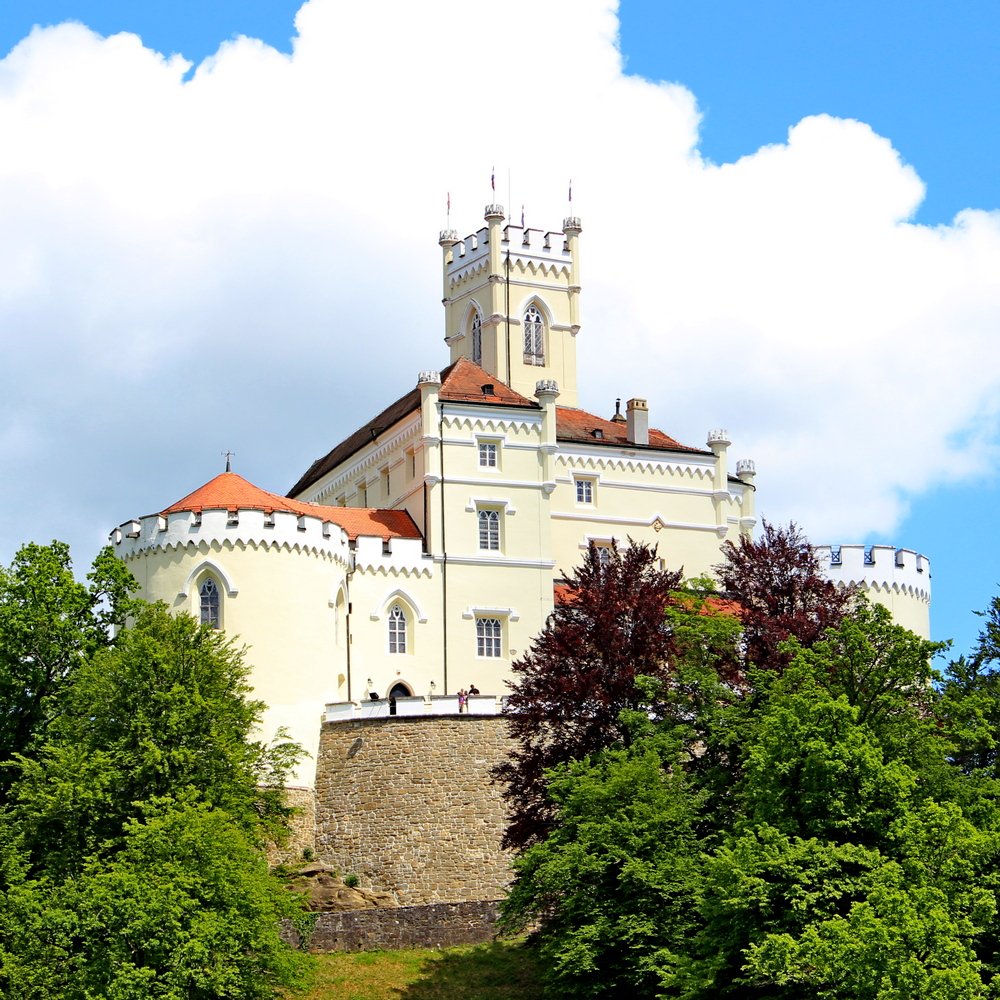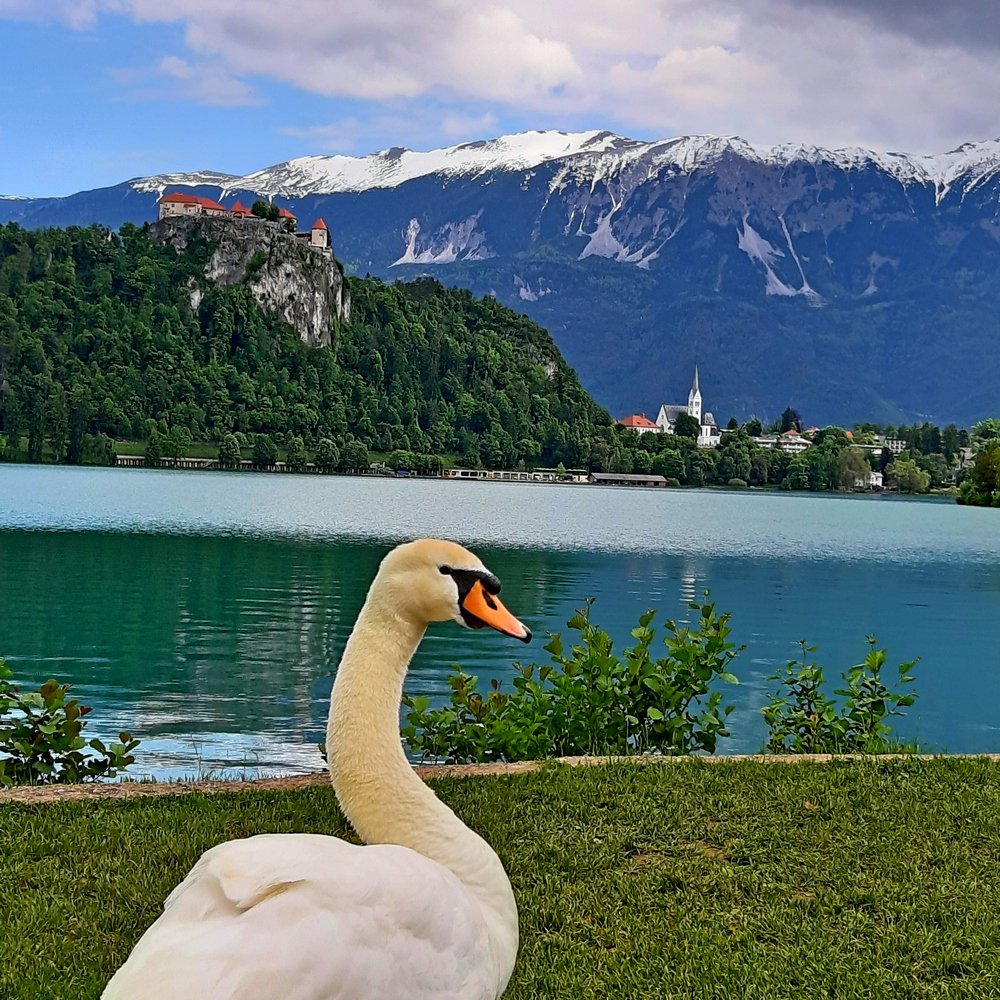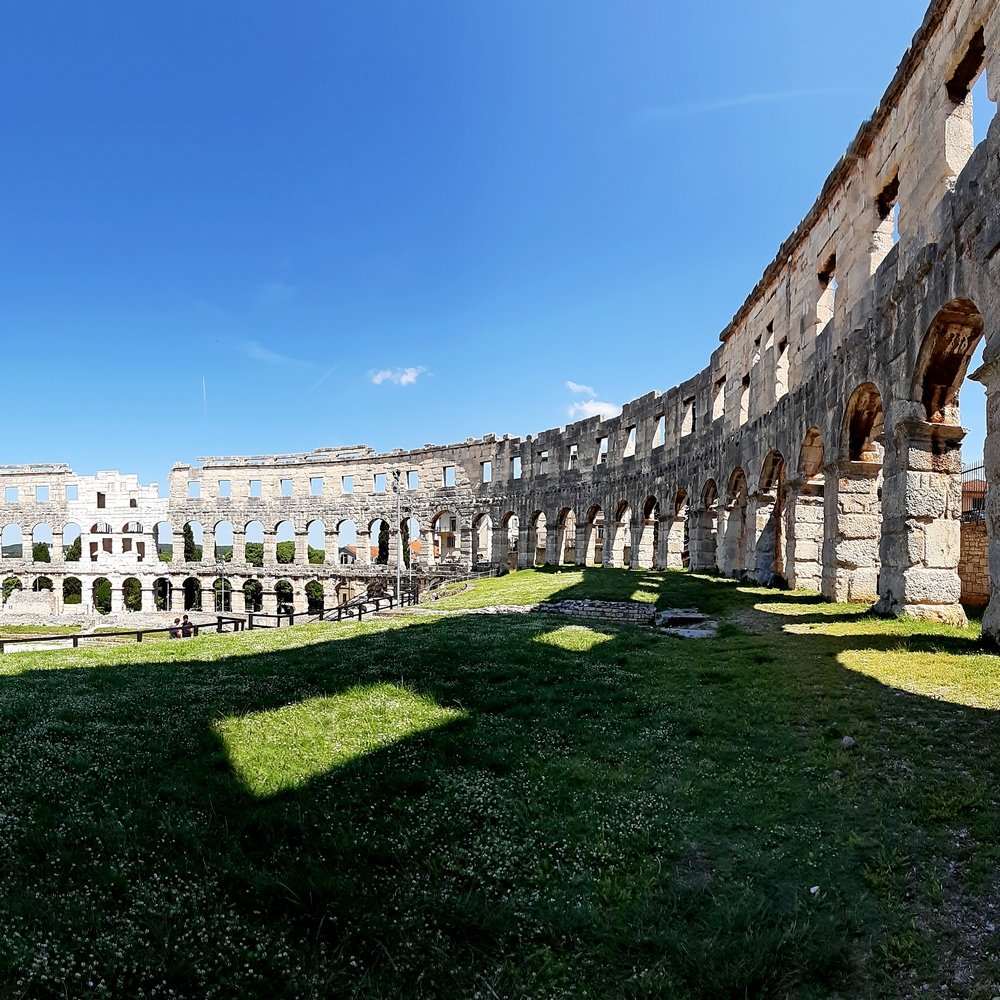Zagreb sightseeing tour – private tour on foot and by car
Explore the New and the Old Zagreb with Zagreb sightseeing tour
Zagreb sightseeing tour tinerary: Old Zagreb (Chatedral – Dolac market – Upper city – Lower city) & New Zagreb (socialist part of town – Lisinski hall)
Viatica Travel Zagreb sightseeing tour is a bit different way to get to know Zagreb. Since some of the locations that deserve a visit are a bit out of the city, this tour will be done both on foot and with car transfers. The tour starts when you meet your guide at your accommodation or at the main square. You will do the classic part of the city center on foot, seeing the Cathedral, Dolac market, Stone Gate, St Marks’s church, Lotrščak tower…) and then you will do a part with the car covering, what we call New Zagreb. It is a part of the city built in the 20th century and has quite a few marks of the socialist era.
Highlights:
The trip is fully customizable
Old part of Zagreb done on foot
New (socialist) Zagreb seen from the car
Beautiful view-points
What is included:
Itinerary adjustable according Your wishes
Licensed tour guide for Zagreb
Trip organization
Transportation
Coffee break
Entrance fees for museum
Price:
Fully Private Zagreb Sightseeing Tour price:
- group up to 4 persons: 120 €
- group up to 8 persons: 160 €
- large groups: on request
Zagreb Sightseeing Tour attractions: Ban Jelacic Square, Dolac market, Zagreb cathedral, Upper city (Stone Gate, St. Mark’s Church), Music hall Lisinski, Croatia National library, New Zagreb
Now the central place in the city, in the 114th century this area were actually the land and the gardens of Zagreb’s peasants. It was often flooded by the Medveščak creek. In the 17th century the decision was made that the gardens will be destroyed and from then it has the function of being the farmer’s market. The construction od the buildings started at the end of the 18th century and the last building that closed the square was the feller building. Because of it’s different functions the square had different names through the history: Manduševac (the spring with drinking water), Harmica (due to the taxes from the Hungarian government), Jelačićev trg (in honor to the ban) and Trg Republike (after the 2nd world war). The square is dominated by the statue of ban Jelačić (general and Croatian ban, abolished the serfdom in Croatia) done by Austrian sculptor Anton Fernkorn. Initially the statue was turned north towards Hungary but in 1990 when the statue was returned to the square it was tured south to give a better layout of the square.
Dolac is Zagreb’s biggest and most charming farmer’s market. It was made in 1930 and initially it was filled with produce of local farmers from nearby villages. Today Dolac is a gastronomic heaven where you can find local produce and specialties from all over Croatia. You will easily find it in the heart of the city with red parasols that cover the stands. You will also see a statue of a woman, ”kumica”. They were the ones bringing the products to the market and you are not a local if you don’t have your own kumica to buy the products from.
Zagreb Cathedral is the largest sacral building in Croatia. It is named the Cathedral of the Virgin Mary’s Assumption. It has been rebuilt many times from the 13th century and you can see examples of all the architectural styles on it. The Zagreb dioceses was founded in 1094 and soon after that the construction started. The style it has today was chosen in the reconstruction after the big earthquake in 1880. the design was made by a Austrian architect Herman Bolle that restored the Cathedral in a style that was popular in Europe. The 2 towers of the Cathedral are visible from around the city.
The original medieval gate to enter the Upper city of Gradec was mentioned in the medieval times but today’s appearance got in the 18th century. In the passage of the gate there is a chapel dedicated to Virgin Mary of stone gate who is also the patron protector of Zagreb. On the Zagreb city day on May 31st, there was a big fire that destroyed a big portion of the city, the picture of Madonna was untouched and since then it is celebrated as the city’s protector.
St Marks’ square is the center of the Upper city. The attention of all travelers goes directly to the St Marks’ church built in the 13th century, but also restored by Bolle in the 19th century. In that moment the famous church roof is built and nowadays it gets all the attention. The tiles on the roof are colored and portray 2 coats of arms, one of the city and other is of the Kingdom of Croatia, Slavonia and Dalmatia. Other than the church, the surrounding buildings are of high important in the political sense. The Ban residence is now the headquarters of the Croatian government and the prime minister’s office. On the opposite side is the Croatian parliament.
Lotrščak tower is the only medieval tower preserved from the 13th century. In dusk, the bells on the tower warned the locals that the pedestrian doors next to the tower were being shut during the night and that it will no longer be possible to enter Gradec. Nowadays, inside the tower there is a cannon shooting every day at noon. It is not just a tourist attraction, it is also a way that locals tune their watches. The legend says that the canon was a gift from the Hungarian king Bela the IVth as a gratitude to Zagreb giving him protection in the Tatar attack.
Zagreb funicular connect Upper and Lower city. With only 66 meter of length it is the shortest cable car in the world made for public use. It covers the height of 30,5 meters in 55 seconds. It started to work in 1890 which makes it the oldest public transportation in Zagreb (started working 1 year before the horse driven trams).
It is a square dedicated to the first Croatian king. The brave warrior defended Croatia from the Hungarian attacks and for the first time joined all the provinces into one kingdom. In 925 he was crown as the Croatian king with the support from the Vatican. The square is ”governed” by the statue of the king.
The King Tomislav square is important for all the visitors that come to Zagreb because here is the main train station. The first train arrived to Zagreb in 1862 when it had only 40 000 citizens. With the train Zagreb was connected to Budapest and Vienna, the economical and cultural hubs of that time.
Th square was named after Nikola Šubić Zrinski, Croatian ban that lost his life in a battle with Ottoman empire. Hard to imagine that till the end of the 19th century it was just a pasture. The mentioned pasture transformed into a classy promenade with trees imported from Trieste, a music pavilion, water fountains and busts of famous Croats. It has also a meteorological station functioning from 1884. Important is too add that Zrinjevac is just a part of something bigger – the Lenuzzi horseshoe. Parks and squares making a letter U, from Zrinjevac to the Croatian national theater with important buildings.
Named after the composer of first Croatian opera, the Vatroslav Lisinski concert hall is one of Zagreb’s premier venues. The decision to build a new multi-functional hall in Zagreb was made in 1957. A team of architects led by Marijan Haberle won the design contest and the construction began in 1961, but flooding and financial difficulties pushed the completion date into the next decade. The hall was finally opened on 29 December 1973. It welcomed an impressive number of world-renowed artists such as: Bolshoi Theater, Scala Philharmonic orchestra FROM Milan, The Vienna Philharmonic, Luciano Pavarotti, Jose Carreras, Nick Cave, Tina Turner and many more.
Even though the cemeteries are last on the list to see when visiting a new city, this one is definitely worth your time because it is one of the most beautiful cemeteries in Europe and also a beautiful park and an art gallery – many of the statues and bust were done by famous Croatian artists. The monumental 500 m long Neo renaissance arcades, pavilions and cupolas are the work of Herman Bolle are the finest examples of historicist architecture in Croatia. The interesting thing about it also is that it is a cemetery for different confessions (catholic, orthodox and Jewish) so it is also a powerful testament to religious tolerance where the segregation of graves is strictly forbidden.
MOST POPULAR DAY TRIPS FROM ZAGREB
About Viatica Travel
Viatica Travel is travel agency specialized in private day trips from Zagreb to Plitvice Lakes National park, Bled lake, Postojna cave, Trakošćan castle, Ljubljana, Slovenia, Istria, Varaždin …
Our tours offer
Day trips from Zagreb
Croatia tours
Weekend tours
Zagreb City Break
Ljubljana City Break
Information
About us
Terms & conditions
Privacy policy
Contact
Contact info
E-mail: info@viatica-travel.hr
Phone: +385981740723
WhatsApp: +385981740723
